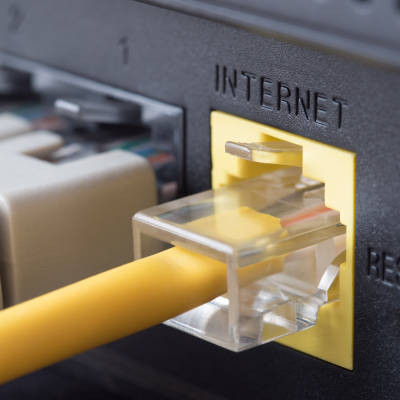Global Tech Solutions Blog
Examining the FCC’s Efforts to Fix Internet Access in the US
Internet connectivity is an increasingly important component to a business’ capabilities in this day and age, as well as all the more crucial to an individual’s everyday life. However, with financial difficulties restricting this access for many, the Federal Communications Commission has stepped in. With a $50 subsidy being made available to low-income homes each month, this situation warrants a closer look.
On Thursday, February 25, the FCC unanimously adopted a program that would discount broadband internet service to low-income households by up to $50 each month ($75 for those on tribal lands) and a one-time discount of $100 on a computer or tablet, utilizing $3.2 billion of the $900 billion coronavirus relief package that Congress approved back in December.
This has been shown to be a prescient need, as the average bill for stand-alone broadband service (calculated by the Wall Street Journal) totals about $66 per month. Unfortunately, this fee is too expensive for many, even without the additional challenges presented by the pandemic.
Eligible households include those that are already participating in pandemic relief or low-income Internet programs, households eligible for free or reduced lunch meals, Medicaid and SNAP recipients, Pell Grant recipients, and the recently unemployed. This program is set to be opened sometime in the next few months.
However, there are a few potential issues surrounding this situation—first, the limited funds allotted to a massive pool of eligible households. With 117 million households being made eligible, the $3.2 billion won’t last all that long… and once it dries up, so will the program.
This isn’t the end of the problem by any stretch, either. Millions of families across the country currently lack any form of broadband access, creating a serious problem as the pandemic has forced many schools and workplaces into remote operations. This problem is likely even bigger than figures would suggest.
Here’s why: while the official total released by the Federal Communications Commission estimates that 18 million people lack reliable connections to the Internet from their home, the methods used to count these households can easily skew the data. In order for a ZIP code to be seen as broadband-compatible, just one household within that block has to have Internet service. Considering that remote areas have census blocks that can stretch hundreds of square miles, this measurement seems to be woefully inadequate.
Hopefully, these measures are the first few steps toward a more equitable and accessible quality of Internet service, as the need for it has finally been made clear.
What do you think? Is this the measure that people need right now, or is it too little for too few? Leave your thoughts in the comments.



Comments